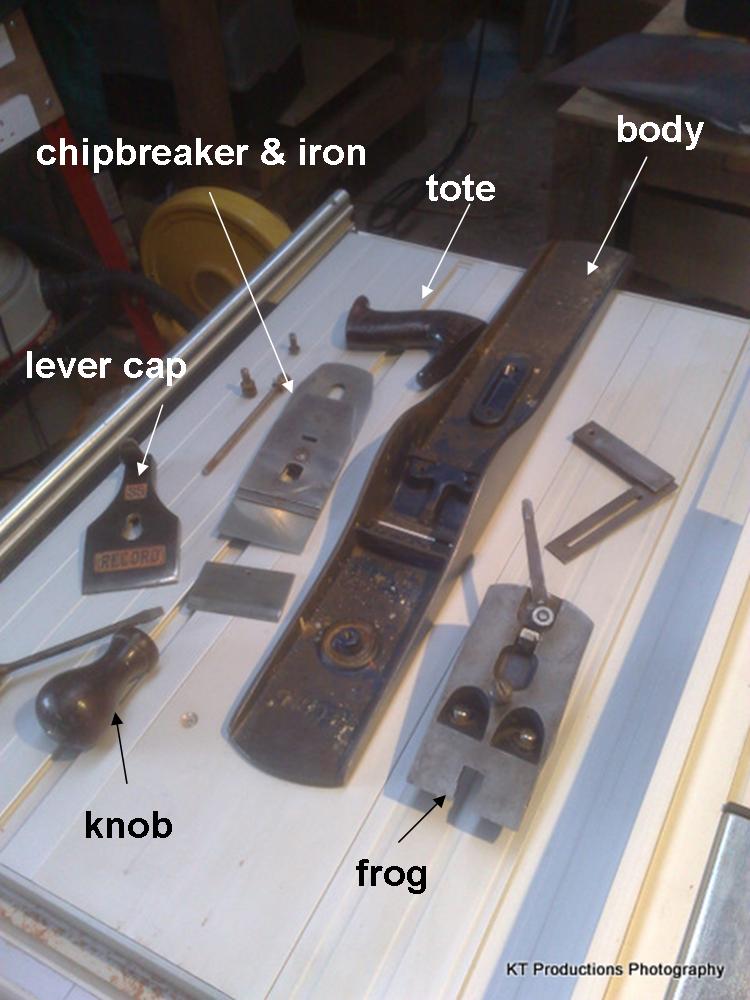cliveskelton
Member
Hi.
Those of you who replied to my previous postings will have gathered by now that I am new to this forum and I am now rekindling my love of woodwork, ( not done any since my schooldays). I am converting my shed into a (very) small workshop and am buying my tools second hand (mostly Ebay) but I have bought two Record planes, a 5 1/2 and a No 4 thats got 2 S`s marked on the clamp ( dont know what that means) for a couple of quid at a bootsale recently that need a lot of cleaning.
I have been looking through past postings to see if any one had given any tips for cleaning planes and came across one from Jimi43 who had cleaned up one with something he called CORRO DIP, Now, remember that I am still new to all this but what is that, Is it something you can buy? or has he taken his plane iron somewhere to be dipped in a special solution?.
While looking through Ebay I have noticed that all the block planes have got different numbers on them, eg 9 1/2 - 60 1/2 etc
Whats the difference please? I ask because I have been bought a 9 1/2 for Xmas, A Rider one from the Axminster website.
Any thing you can help me with will be recieved with gratitude, Especially tips on setting out my workshop which is going to be about 14ft x 6ft (told you it was small) so there wont be any room for the normal things you find in a average size one.
All work I do will be done by hand.
Many thanks.
Clive.
"A constant vogue of triumphs dislocate man so it seems.......... All in all the journey takes you all the way"
Jon Anderson.
Those of you who replied to my previous postings will have gathered by now that I am new to this forum and I am now rekindling my love of woodwork, ( not done any since my schooldays). I am converting my shed into a (very) small workshop and am buying my tools second hand (mostly Ebay) but I have bought two Record planes, a 5 1/2 and a No 4 thats got 2 S`s marked on the clamp ( dont know what that means) for a couple of quid at a bootsale recently that need a lot of cleaning.
I have been looking through past postings to see if any one had given any tips for cleaning planes and came across one from Jimi43 who had cleaned up one with something he called CORRO DIP, Now, remember that I am still new to all this but what is that, Is it something you can buy? or has he taken his plane iron somewhere to be dipped in a special solution?.
While looking through Ebay I have noticed that all the block planes have got different numbers on them, eg 9 1/2 - 60 1/2 etc
Whats the difference please? I ask because I have been bought a 9 1/2 for Xmas, A Rider one from the Axminster website.
Any thing you can help me with will be recieved with gratitude, Especially tips on setting out my workshop which is going to be about 14ft x 6ft (told you it was small) so there wont be any room for the normal things you find in a average size one.
All work I do will be done by hand.
Many thanks.
Clive.
"A constant vogue of triumphs dislocate man so it seems.......... All in all the journey takes you all the way"
Jon Anderson.






